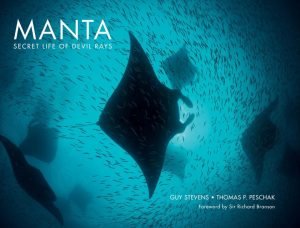Faith Anstey is the author of the Pocket Guide to Wildflower Families and Flowers in the Field: How to Find, Identify and Enjoy Wild Flowers. In her latest book, Start to Identify Grasses, Faith turns her attention to grasses.

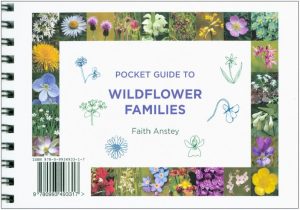
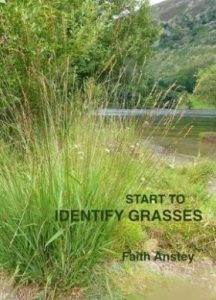
Faith has coined the word ‘kleidophobia’ to mean ‘a fear of keys’, and it surely applies to many enthusiasts who would like to become more proficient at identifying plants, but are put off by the complexity of the customary botanical system of keys. So she has developed new ways of approaching ID that keep those daunting keys to a minimum.
To mark her new book and to encourage more people to discover the botanical wonders around them, we asked Faith a few questions about her writing and her life-long passion for botany.
What makes your books different from the usual field guides?
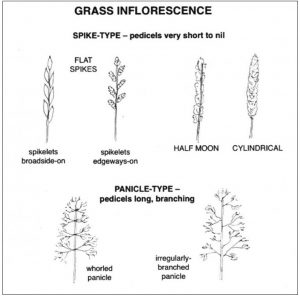 My books are not field guides at all. A field guide gives you a list of plant names, with pictures and descriptions, sometimes with a brief introduction. My books are all introduction: to field botany in general, to plant families and to grasses (maybe sedges and rushes next year . . .). A beginner armed only with a field guide has either to work their way from scratch through complicated keys, or to play snap: plant in one hand, book in the other; turn the pages until you find a picture that matches – ‘snap!’ By contrast, my books lead you into plant identification by logical routes, showing you where to look and what to look for. Their aim is to show you how to do ID for yourself.
My books are not field guides at all. A field guide gives you a list of plant names, with pictures and descriptions, sometimes with a brief introduction. My books are all introduction: to field botany in general, to plant families and to grasses (maybe sedges and rushes next year . . .). A beginner armed only with a field guide has either to work their way from scratch through complicated keys, or to play snap: plant in one hand, book in the other; turn the pages until you find a picture that matches – ‘snap!’ By contrast, my books lead you into plant identification by logical routes, showing you where to look and what to look for. Their aim is to show you how to do ID for yourself.
What field guides would you recommend to use with your own guides?
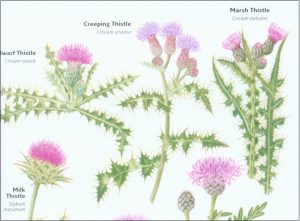
My personal favourite for beginners and improvers is the Collins Wildflower Guide (2016). This covers the whole range of wild plants including grasses, sedges and so on. It has keys that are well-organised and relatively easy to follow, and the ‘pics and scrips’ are accurate and helpful. Of course, Stace (3rd edition) is the botanists’ bible but it is rather daunting for beginners. I am also a great fan of Marjorie Blamey’s paintings in, for example, Wild Flowers of Britain & Ireland. For more detailed help with grasses & co, Francis Rose’s Colour Identification Guide has excellent keys and illustrations, suitable for most levels of experience.
What would be your best advice to anybody wishing to take their first steps towards identifying plants?
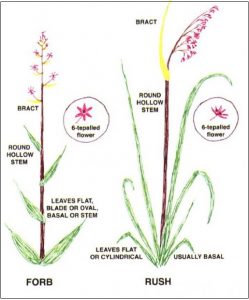 If you possibly can, go on a workshop for a day, a weekend or even a whole week. Having a real live person giving enthusiastic teaching, someone to answer all your questions and fresh plants to study is the best thing you can do. Look for a local botany or natural history group you can join, and go on their field meetings. When you get even a little more serious about your study, join Plantlife and/or the Botanical Society of Britain & Ireland. Identiplant is a very good online course but it is not really suitable for absolute beginners. Be a bit careful with apps and websites: some are incredibly complex, some seem to be aimed at five-year-olds, others are just inaccurate and misleading. The best ID websites I am aware of are run by the BSBI, the Natural History Museum and The Open University.
If you possibly can, go on a workshop for a day, a weekend or even a whole week. Having a real live person giving enthusiastic teaching, someone to answer all your questions and fresh plants to study is the best thing you can do. Look for a local botany or natural history group you can join, and go on their field meetings. When you get even a little more serious about your study, join Plantlife and/or the Botanical Society of Britain & Ireland. Identiplant is a very good online course but it is not really suitable for absolute beginners. Be a bit careful with apps and websites: some are incredibly complex, some seem to be aimed at five-year-olds, others are just inaccurate and misleading. The best ID websites I am aware of are run by the BSBI, the Natural History Museum and The Open University.
What are the easiest mistakes a beginner can make when trying to identify plants?
The most common mistake is to look only at the ‘flower’ – the showy bit with colourful petals – to try and identify it. To really pin it down, you need to study the whole plant: how the flowers are arranged, characteristics of the leaves and stem, how and where the plant is growing, and even what time of year it is. So long as there is plenty, please don’t be afraid to pick some to take home and study. The general rule on public land is: if there are 20 of the plant in question you can pick one, if 40, two and so on. Try to take the complete plant from ground level up – but don’t uproot it: that’s how the Victorians brought so many species to their knees. Photographs can be a big help, but remember to take several: whole plant, close-up of the flower, details of a leaf and so on.
What is the main threat to the diversity of wild flowers and grasses and what can be done to mitigate any decline?
 The main threat is not people picking a few to study, or even simply to enjoy at home. Climate change is, of course, a threat in one sense, but I believe we shouldn’t necessarily dread the rise of ‘aliens’ from warmer climates which are now able to establish themselves here. Every plant in Britain was once an alien, after the last Ice Age ended, and I would rather learn to live with change than blindly try to turn the clock back. There may be a few exceptions like Japanese Knotweed, but their evils are often exaggerated and some natives like bracken can be equally invasive. The real problem we face is habitat loss: to house-building and industry, land drainage, vast monocultural fields without headlands, destruction of ancient forests and so on. And this is an area where watchfulness and action really can make a difference.
The main threat is not people picking a few to study, or even simply to enjoy at home. Climate change is, of course, a threat in one sense, but I believe we shouldn’t necessarily dread the rise of ‘aliens’ from warmer climates which are now able to establish themselves here. Every plant in Britain was once an alien, after the last Ice Age ended, and I would rather learn to live with change than blindly try to turn the clock back. There may be a few exceptions like Japanese Knotweed, but their evils are often exaggerated and some natives like bracken can be equally invasive. The real problem we face is habitat loss: to house-building and industry, land drainage, vast monocultural fields without headlands, destruction of ancient forests and so on. And this is an area where watchfulness and action really can make a difference.
Have you ever had any bad or unusual experiences while out identifying plants?
Well, I nearly drowned once. I was botanising on my own in Glen Lyon, beside the rushing ‘white water’ of the River Lyon. There were plenty of large rocks above the water level that I thought I could use as stepping stones across the river. But I lost my footing on a slippery rock and was instantly immersed in the icy torrent. Luckily I was obeying the three-holds rule and my two hands were still clinging firmly to rocks. I quickly realised that, with heavy boots on, if I didn’t get up on a rock fairly soon I was likely to be swept to my doom. No good screaming either: the roar of the water would make that a fruitless exercise. Twice I heaved on my arms and failed to get clear of the water, but on the third try I managed to haul myself out and eventually get back to the bank. The first thing I examined was the sodden notebook in my waterlogged pocket, but my botanical notes were still legible, so it was a happy ending!
Faith’s new book Start to Identify Grasses is available now from NHBS
Start to Identify Grasses
Paperback | May 2018
£3.50
Also by Faith Anstey…
Pocket Guide to Wildflower Families
Paperback | January 2016
£5.99
Flowers in the Field: How to Find, Identify and Enjoy Wild Flowers
Paperback | May 2010
£12.99
Great offers on further reading for improvers and experts alike…
Collins Wild Flower Guide: The Most Complete Guide to the Wild Flowers of Britain and Ireland
Paperback | 2016 | £18.99 £24.99
Hardback | 2016 | £29.99 £39.99
Wild Flowers of Britain and Ireland
Paperback | May 2013
£13.99 £18.99
New Flora of the British Isles
Paperback | 2010
£59.99
Colour Identification Guide to the Grasses, Sedges, Rushes and Ferns of the British Isles and North-Western Europe
Paperback | 1989
£39.99 £49.99
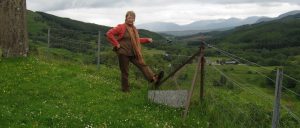
Enjoy your time in the field discovering and identifying the wild plants around you…
Please note that all prices stated in this blog post are correct at the time of publishing but are subject to change at any time.


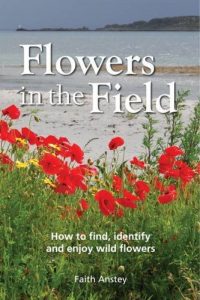
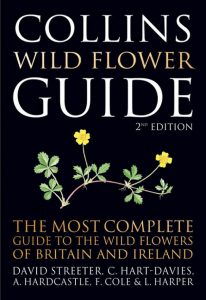
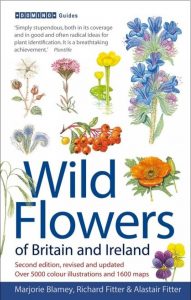
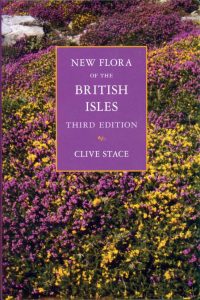

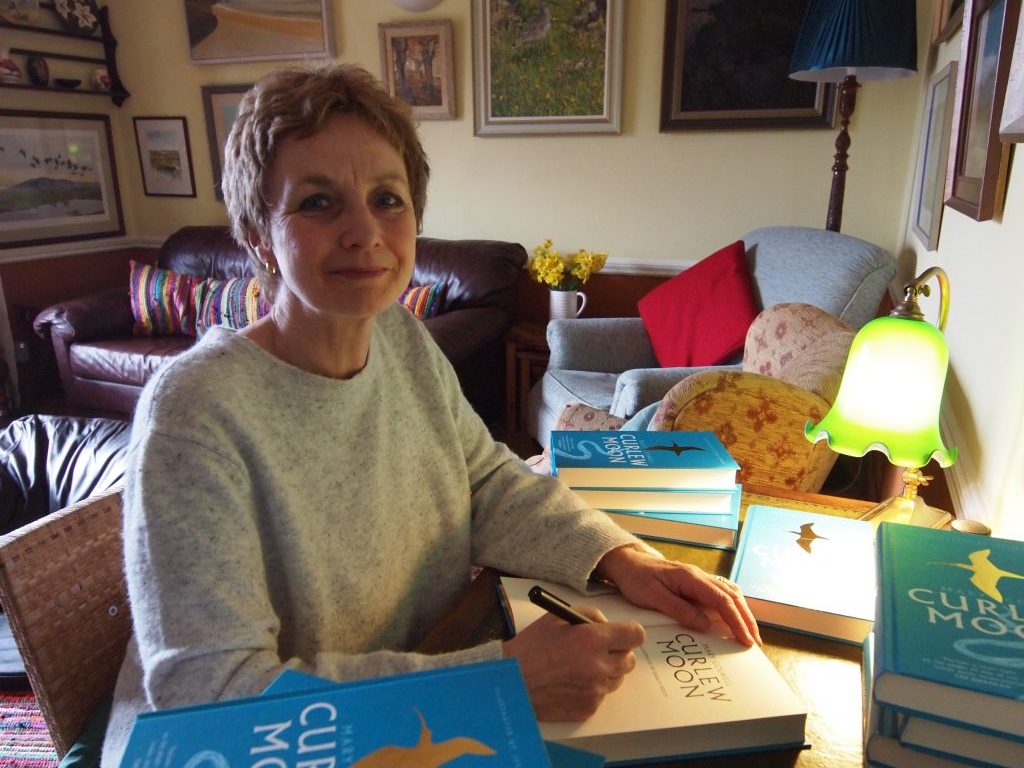
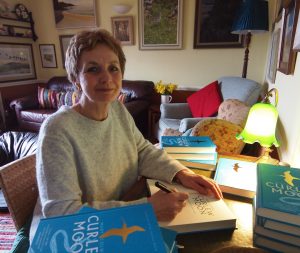 Mary Colwell is an award-winning writer and producer who is well-known for her work with BBC Radio producing programmes on natural history and environmental issues; including their Natural Histories, Shared Planet and Saving Species series.
Mary Colwell is an award-winning writer and producer who is well-known for her work with BBC Radio producing programmes on natural history and environmental issues; including their Natural Histories, Shared Planet and Saving Species series.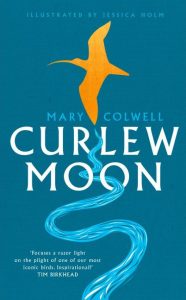

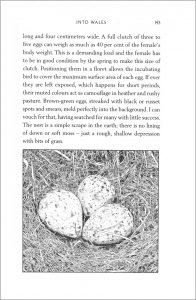
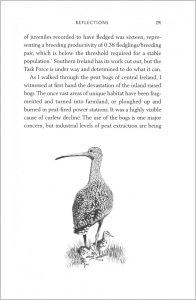
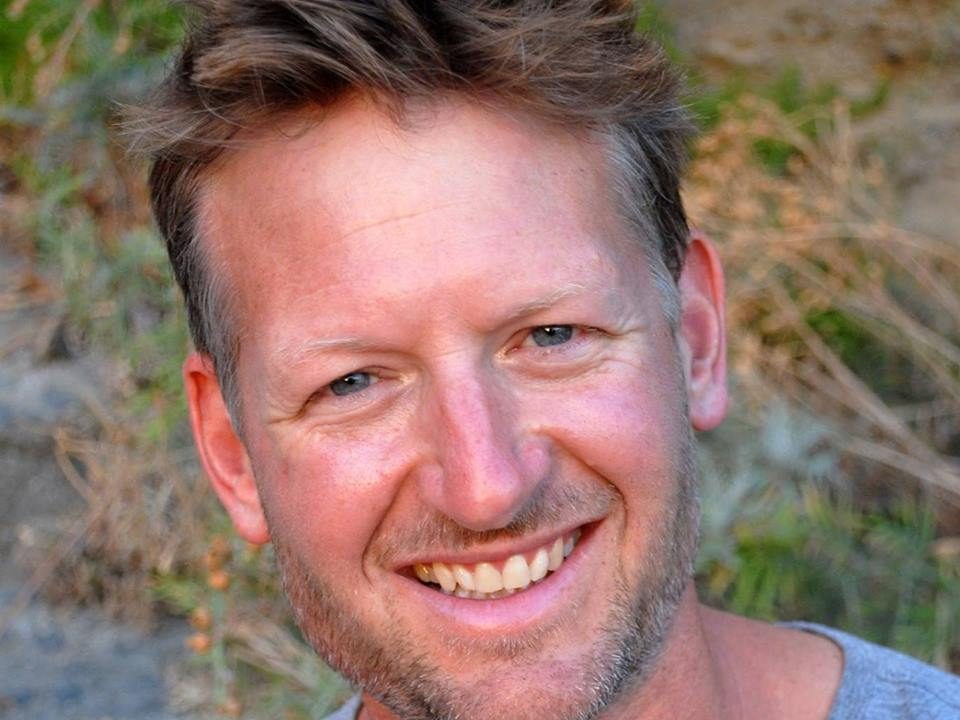


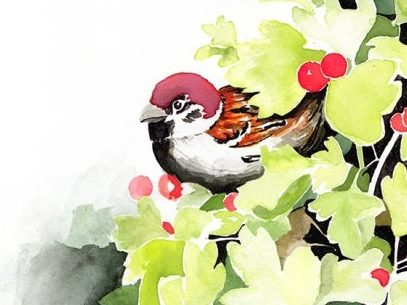
 The unique features of churchyards mean that they offer a valuable niche for many species. Enclosed churchyard in particular provide a time-capsule and a window into the components of an ancient British landscape. Well known botanist, mycologist and broadcaster Stefan Buczacki has written
The unique features of churchyards mean that they offer a valuable niche for many species. Enclosed churchyard in particular provide a time-capsule and a window into the components of an ancient British landscape. Well known botanist, mycologist and broadcaster Stefan Buczacki has written 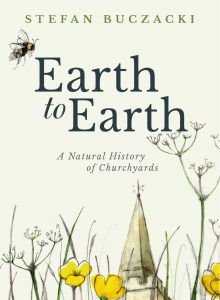
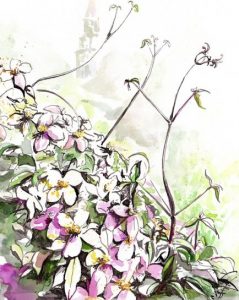
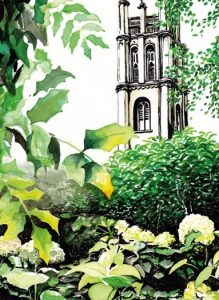
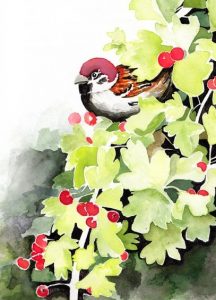 Managing a cemetery in a way that keeps everyone happy seems an impossible job. Last August I was photographing a meadow that had sprung up at a cemetery, when another photographer mentioned how disgusting it was. I was slightly bemused until the man explained he was a town councillor and was disgusted that the cemetery was unmaintained – “an insult to the dead” was how he described it – I thought it looked fantastic! whatever your opinion, how can we achieve common-ground between such diametrically opposed views?
Managing a cemetery in a way that keeps everyone happy seems an impossible job. Last August I was photographing a meadow that had sprung up at a cemetery, when another photographer mentioned how disgusting it was. I was slightly bemused until the man explained he was a town councillor and was disgusted that the cemetery was unmaintained – “an insult to the dead” was how he described it – I thought it looked fantastic! whatever your opinion, how can we achieve common-ground between such diametrically opposed views?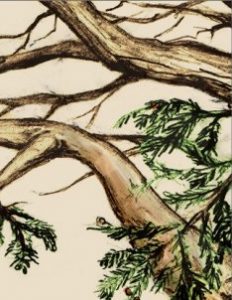
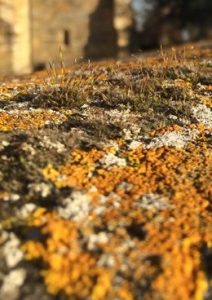 All the significant flora and fauna of churchyards their own chapters or sections; from fungi, lichen and plants, to birds, reptiles, amphibians and mammals? Which class, order or even species do you think has the closest association with churchyards and therefore the most to gain or lose from churchyard’s future conservation status?
All the significant flora and fauna of churchyards their own chapters or sections; from fungi, lichen and plants, to birds, reptiles, amphibians and mammals? Which class, order or even species do you think has the closest association with churchyards and therefore the most to gain or lose from churchyard’s future conservation status?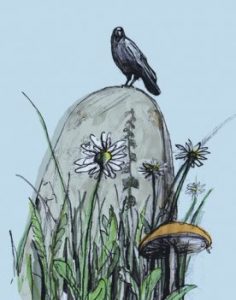 With church attendance declining and the future of churchyard maintenance an increasingly secular concern; could you give a brief first-steps outline as to how an individual or a group might set about conserving and even improving the natural history of their local churchyard?
With church attendance declining and the future of churchyard maintenance an increasingly secular concern; could you give a brief first-steps outline as to how an individual or a group might set about conserving and even improving the natural history of their local churchyard?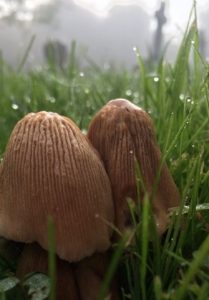 If someone, or a group become custodians of a churchyard what five key actions or augmentations would you most recommend and what two actions would you recommend against?
If someone, or a group become custodians of a churchyard what five key actions or augmentations would you most recommend and what two actions would you recommend against?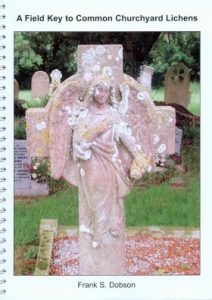
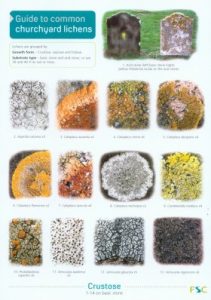
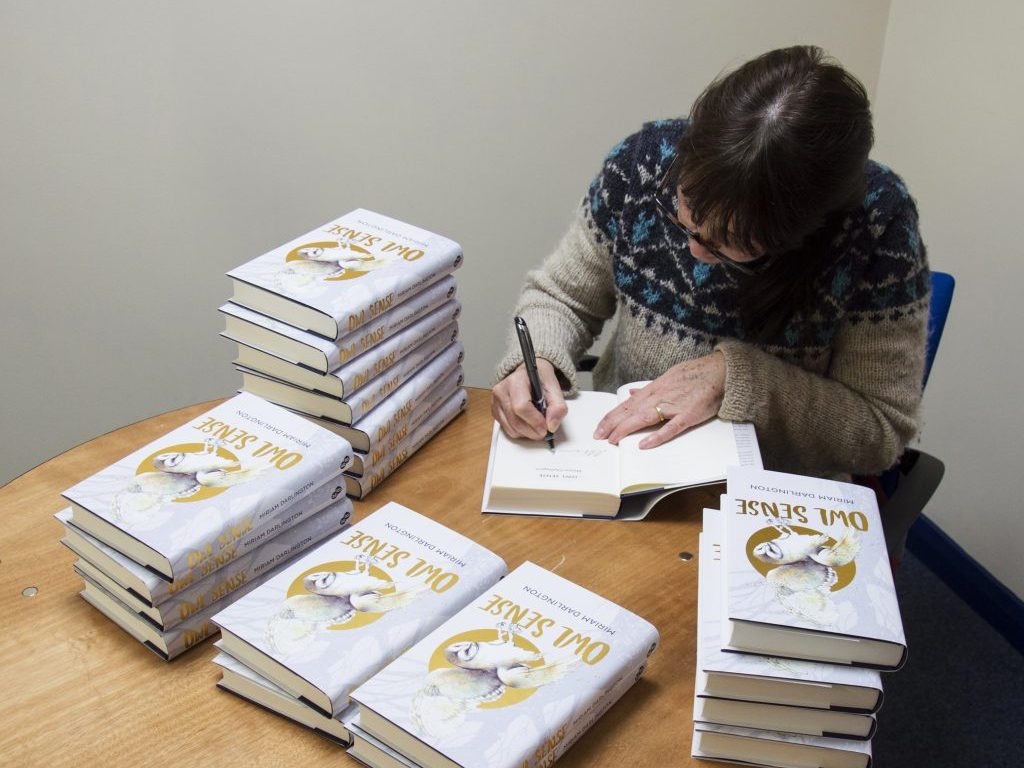
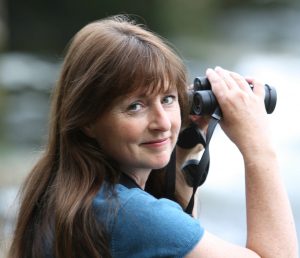

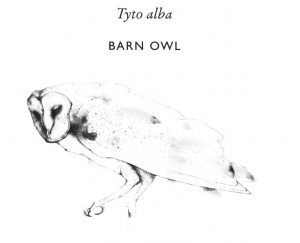
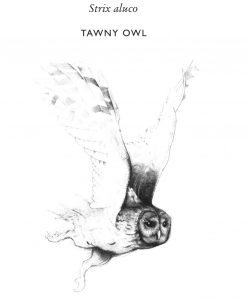
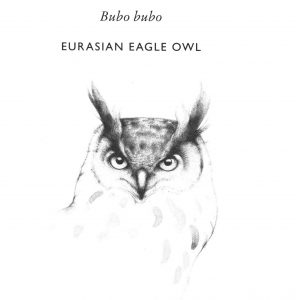
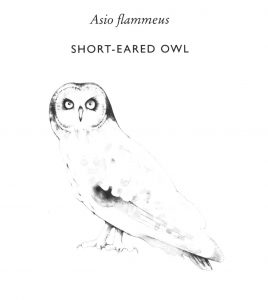

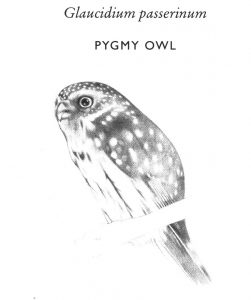

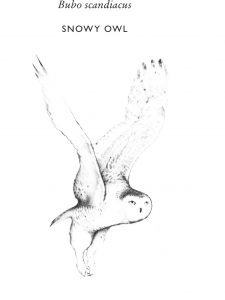

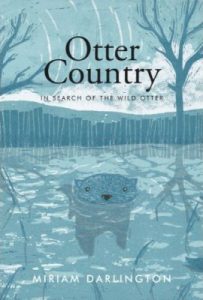
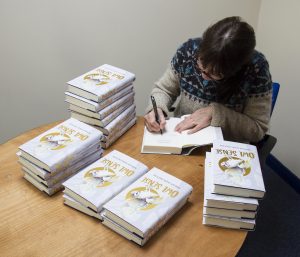
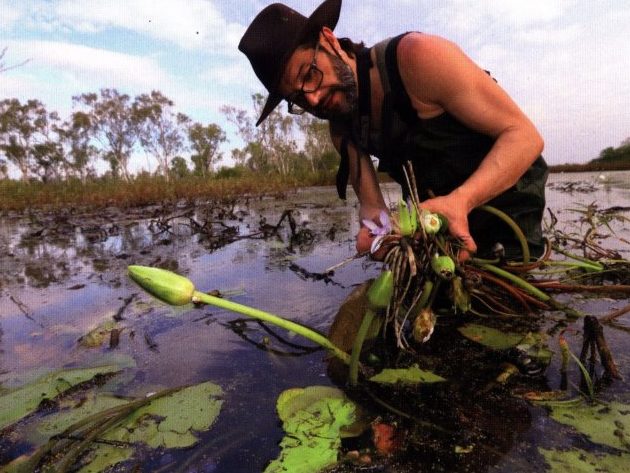
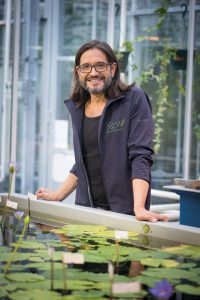 Carlos Magdalena is a botanical horticulturist at Kew Gardens, famous for his pioneering work with waterlilies and his never-tiring efforts to save some of the world’s rarest species from extinction. In his book,
Carlos Magdalena is a botanical horticulturist at Kew Gardens, famous for his pioneering work with waterlilies and his never-tiring efforts to save some of the world’s rarest species from extinction. In his book, 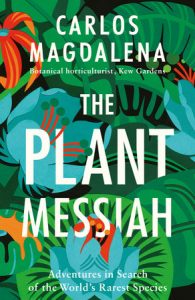

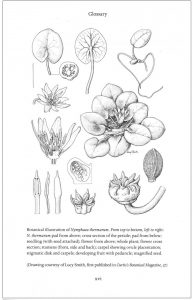
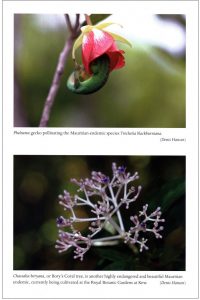
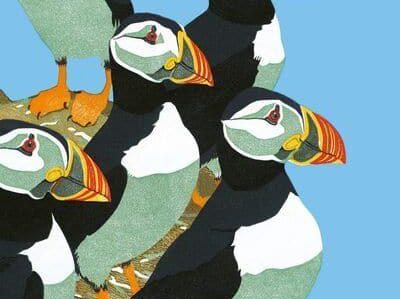
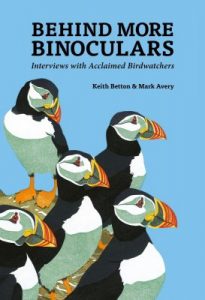
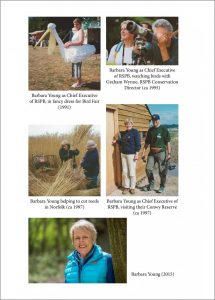
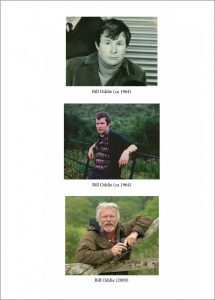
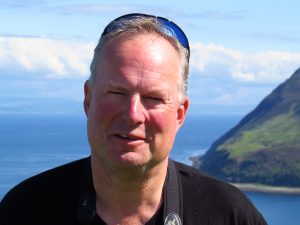 Keith Betton is a keen world birder, having seen over 8,000 species in over 100 countries. In the UK he is heavily involved in bird monitoring, where he is a County Recorder. He has been a Council member of both the RSPB and the BTO, currently Vice President of the latter.
Keith Betton is a keen world birder, having seen over 8,000 species in over 100 countries. In the UK he is heavily involved in bird monitoring, where he is a County Recorder. He has been a Council member of both the RSPB and the BTO, currently Vice President of the latter.
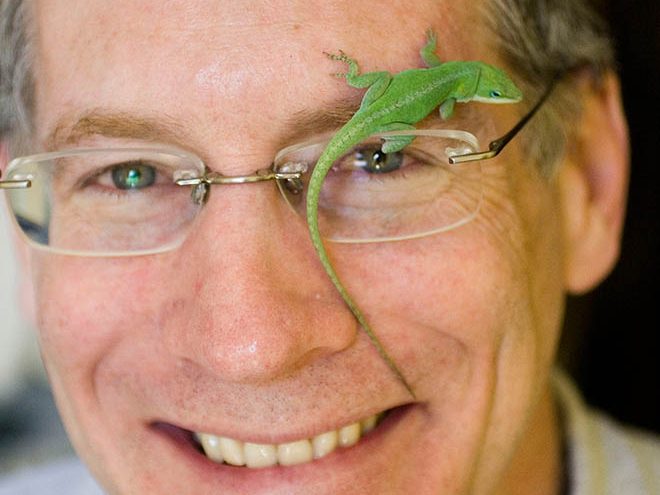
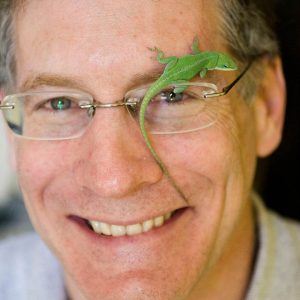
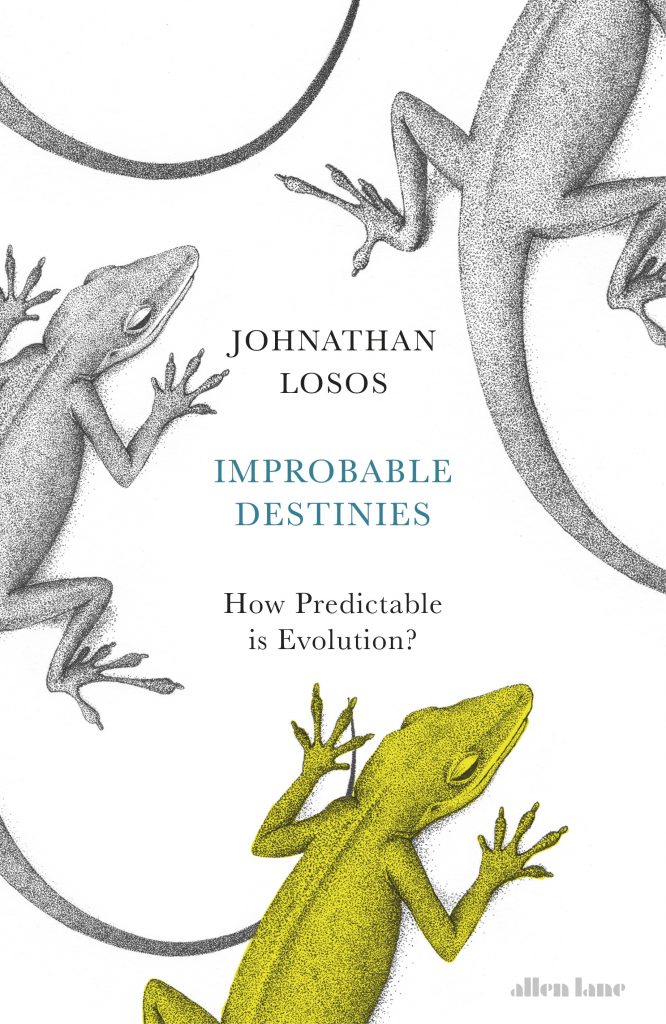
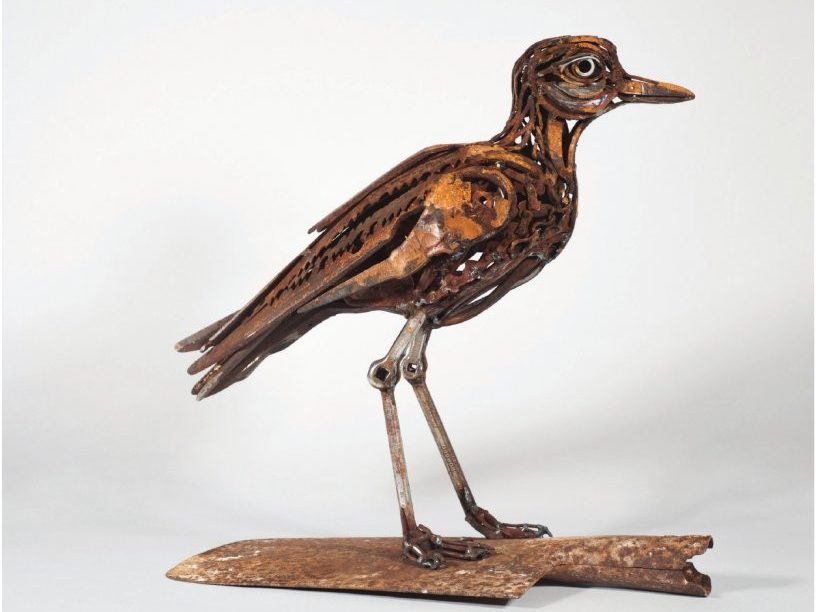
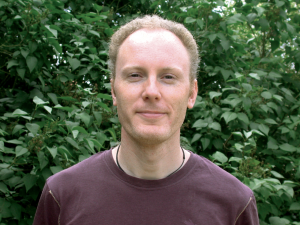
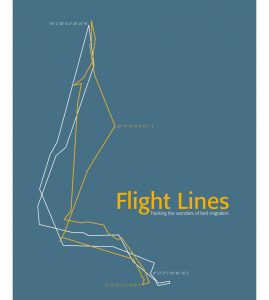
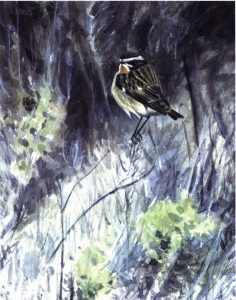
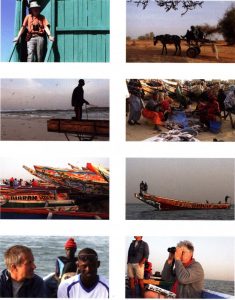
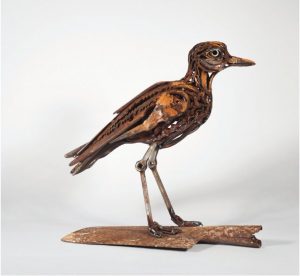
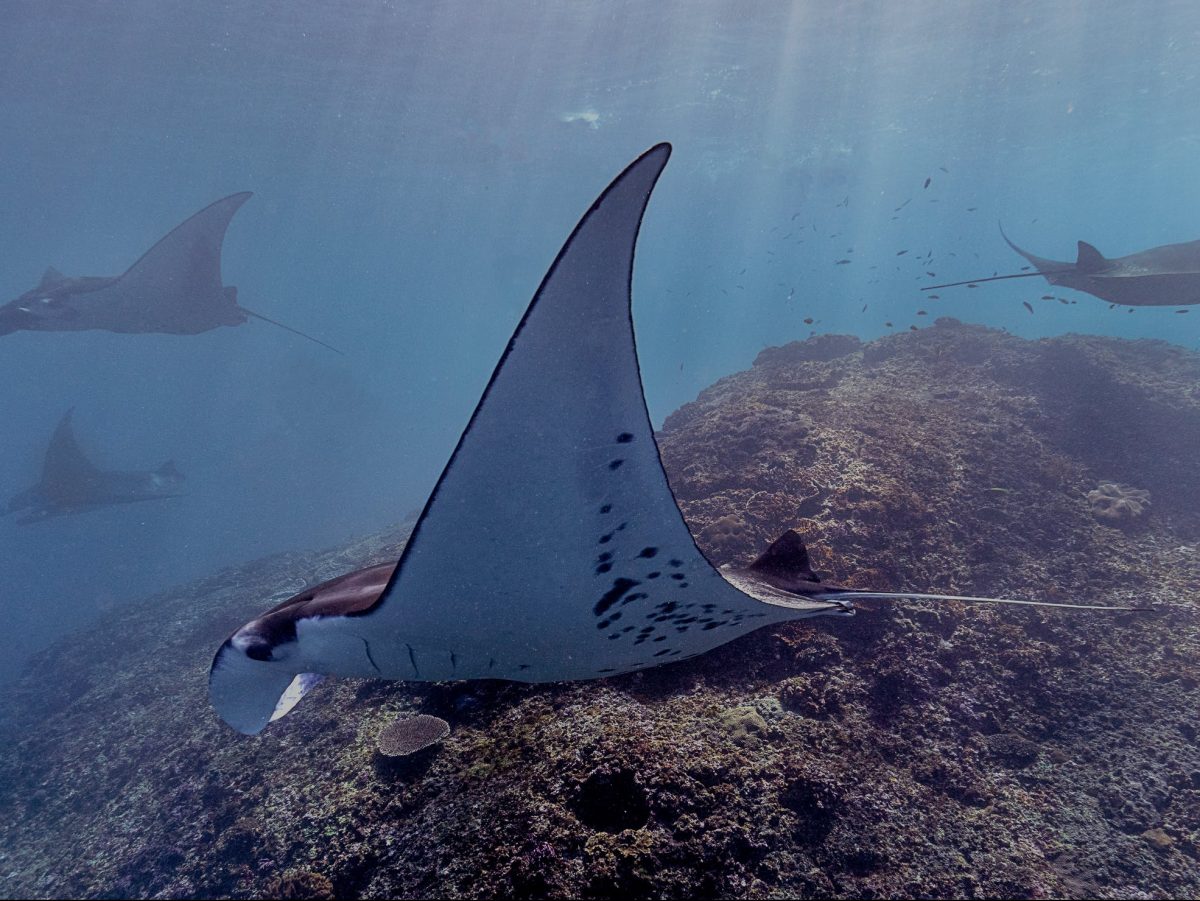
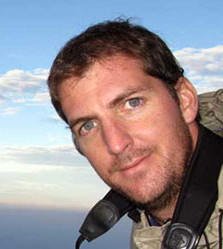 Your life as a researcher and CEO of the Manta Trust must be incredibly varied and exciting. I’m curious what a typical day in the life of Guy Stevens looks like. Or, if a ‘typical’ day is unheard of for you, can you describe a recent day for us?
Your life as a researcher and CEO of the Manta Trust must be incredibly varied and exciting. I’m curious what a typical day in the life of Guy Stevens looks like. Or, if a ‘typical’ day is unheard of for you, can you describe a recent day for us?